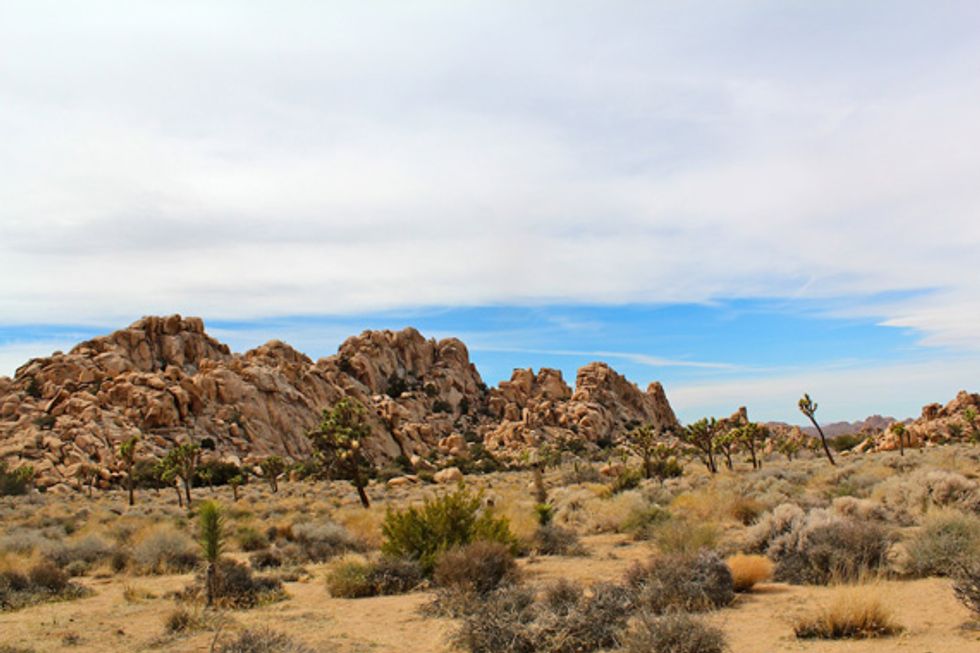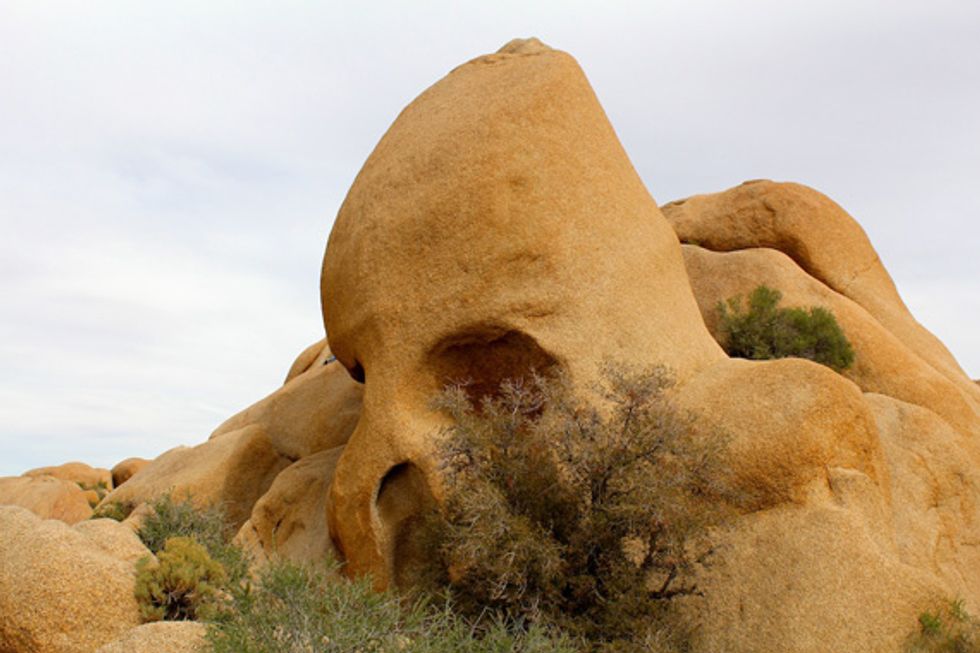A national park named after a tree, and one that's said to have reminded people of the prophet of the same name in the Bible. Can't we do better than that? Here in the U.S. we have national parks named after volcanoes (Lassen Volcanic), caverns (Carlsbad Caverns), and an eruption that formed a beautiful lake (Crater Lake); yet in Southern California, in the desert nonetheless, there's a national park named for a tree? However, before you dismiss it like I was ready to, let me give you a better introduction to Joshua Tree National Park.
Located on nearly 800,000 acres of land, just outside of Palm Springs, two deserts converge at Joshua Tree. The Colorado Desert, which is part of the Sonoran Desert, occupies the eastern part of the national park, and predominantly consists of creosote bush, cholla cactus, and ocotillo, making up an arid landscape that many come to expect from deserts in the U.S.
On the western side of the park, there's the more notable Mojave Desert, which is where there's such a large number of Joshua trees. The tree is unique because of its unusual, pointy branches that reach out in every direction. The etymology of it points to Mormon settlers, who considered the branches reaching out as reminiscent of the story of the prophet Joshua reaching up to the sky to God in prayer.
Unless you're an avid climber or hiker, you're not likely to spend more than a day in Joshua Tree National Park. The park has an extensive network of hiking trails, many of which are no longer than three to five miles. There are some stark changes in elevation, but since it's located in the desert, a hike through Joshua National Park doesn't offer the same scenic views as many California national parks.
Rock climbing is the most apparent adventure sport in Joshua Tree National Park since there are many formations and routes that are just off the road. All total there are several hundred rock climbing formations and thousands of routes within the park, predominantly known for crack, slab, and steep-face climbing.
There are three entrances into Joshua Tree National Park. Two of the entrances are on the north end of the park in the town of Joshua Tree and Twentynine Palms and the third in Cottonwood Spring. If you only have a few hours, plan on entering and exiting on the northern end in Joshua Tree and Twentynine Palms, as the southern and eastern sides of the park don't have as many notable attractions.
There's a side trip off the primary road in the northern section of the park that takes visitors up to one of the best scenic views to Keys View. The sweeping panoramic view looks out over the desert basin and San Andreas Fault. On a clear day, visitors can see as far as Signal Mountain in Mexico.
From Keys Views, it's a short drive back to the main park road. If originating at the Joshua Tree entrance, visitors would continue east toward the north entrance in Twentynine Palms, and come upon one of Joshua Tree's most notable rock formations, Skull Rock (above). As a result of years of water accumulation and erosion, just another rock formation, came to look like a giant skull because of the hollowed-out areas on the front that look like a skull's eyes. This has typically been the most visited and photographed part of the park.
On the surface, Joshua Tree National Park seems like nothing more than a desert with weird-looking trees. However, take a break from the bustle of Palm Springs or Los Angeles and you may find that there's more than meets the eye, or at least find that the quirks of California go beyond the city limits.






















